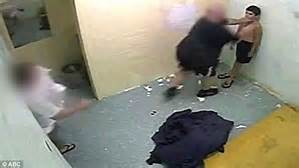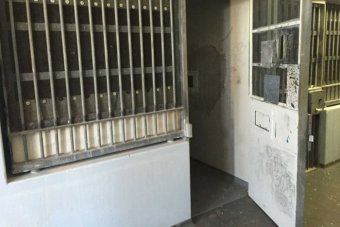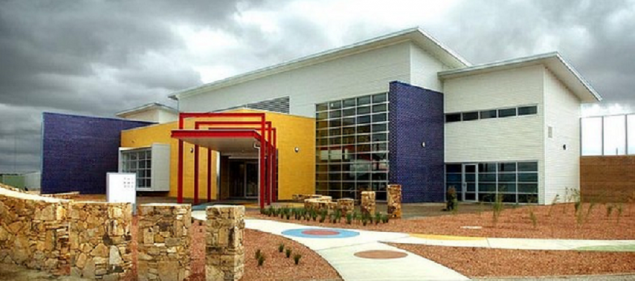
Those images of kids being brutalised in the NT on Four Corners reflect the mindset of some of those entrusted with the care of juvenile offenders and those on remand.
We closed the Quamby centre in Symonston for one very good reason. Juvenile offenders should not be treated in the same manner as adult offenders.
Rehabilitation and restoration of offenders requires different approaches for adults, juveniles, males and females. Adults have their social standards, their attitude towards right and wrong, their ethics already fully formed. The understanding of consequence is complete. Adults have a fully formed thinking and decision making organ – the brain.
Juveniles do not have a fully formed brain and their standards, ethics, attitudes towards right and wrong, their notions of consequence are not fully developed.
In essence, society must often desocialise serial adult offenders and resocialise them. That is, to remove their developed understandings of how things are and replace them with another understanding, that of the wider community. How things should be.
However, with juveniles, as their development is not complete, it is possible to change their direction without the complete desocialisation process.
Many juveniles are victims of poor family relationships, some have suffered abuse, some have been exposed to poor citizenship examples, often outright criminality. All of them suffer diminished self-esteem.

I need to laud the work of Duncan Smith of the Wiradjuri Echoes. Duncan got an OAM for his services to indigenous youth here in Canberra but few know of his work. He is concerned that the young blokes follow the footsteps of their elders. Now if the elders are engaged in anti-social or criminal behaviour, the young fellows will follow. Duncan is attacking the notion of a jail sentence being a rite of passage for young indigenous boys by providing a mentoring system based on positive community involvement and service. In short his main aim is to install self-belief, restore and encourage self-esteem and separate the young people from the fictional heroic notion of anti-social and criminal behaviour. He is giving them a reason not to use drugs, to believe in themselves.
He is changing the direction of these young people, not locking them up.
When I visited the jail in Darwin and Alice Springs, when on a committee considering a jail for the ACT, I was told that there were three generations of indigenous men in the prisons there. This did not include the juvenile system which I didn’t visit.
It is also academically accepted that for rehabilitation programs to work, the way people absorb information must be applied. Women respond to suggestions for change in a group session, surrounded by support. Men respond better on a one-on-one basis with someone that they respect and that they like/love and that they don’t want to upset. In essence, they seek individual support and respect.
The ACT went through the soul-searching when Quamby closed and Bimberi opened. Changes were made not only to the programs and facilities but also the philosophy of behaviour change.

What we saw in the NT program is disgusting, brutal, racist and most of all, what we saw enhanced our belief that the system in the NT will entrench the notion of rite of passage, will entrench the diminution of self-esteem in indigenous youth, increase the level of anger and ensure that the lives of those young ones are cut short, often by their own hands.
On top of it all, the treatment of young men with such overt brutality should make us all sick. When three large men attack a teenager in a cell, and brutalise that young person, physically and psychologically, there can only be one outcome. Disaster.
Those men should be dealt with using the full extent of the law and they should be incarcerated for long periods. But I wonder if the attitude of the corrections officers, indeed the juvenile justice system, can be changed. I doubt it when the system applies the same approach to juveniles as adults.
Royal Commissions are usually blame games but often throw up recommendations for change. The Royal Commission into Black Deaths in Custody made hundreds of recommendations and to a large extent, notice was taken of those recommendations. One can see only too easily though, that the NT system completely ignored all of them.
What part of a big armed white guy, with complete authority, brutalising a defenceless teenager is a good idea? What part of a group of big, armed white, guys with complete authority, brutalising a lone, defenceless teenager, is acceptable to any one of us?
What has to happen before people understand that teenagers need help not brutality? They need compassion, encouragement, positive mentoring, esteem building and expressions lifting their notion of self-worth.
To deny this to young people because they are indigenous is disgusting to the nth!
Each one of these kids represent a piece the jigsaw of Australia. When complete, that jigsaw is priceless. Take one piece away, because that kid took his/her own life, and the jigsaw has a hole in it and is worthless.












